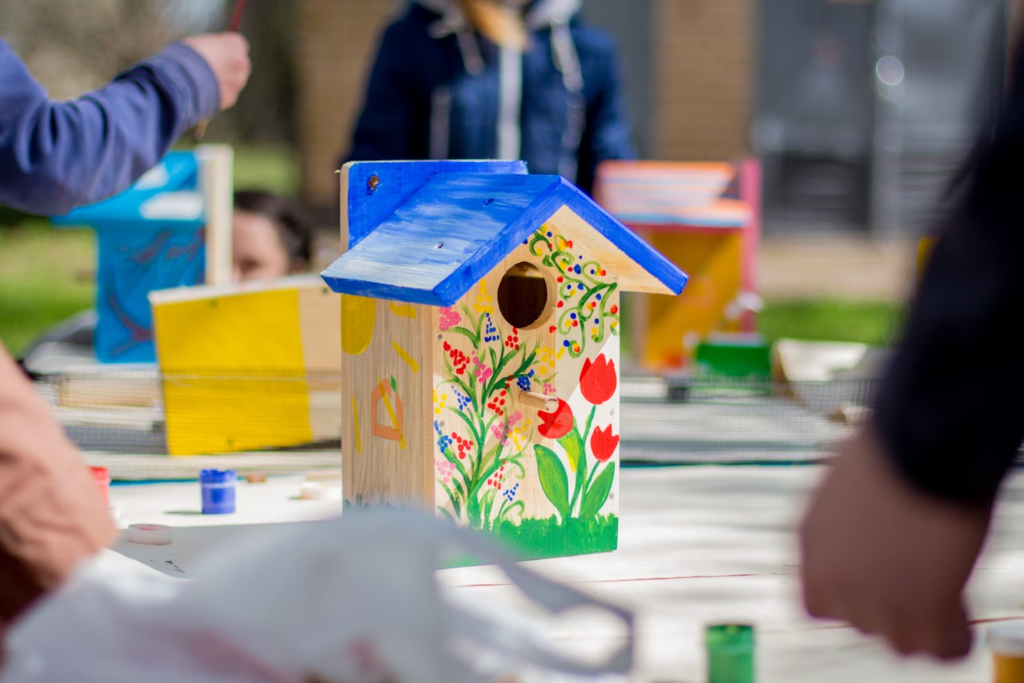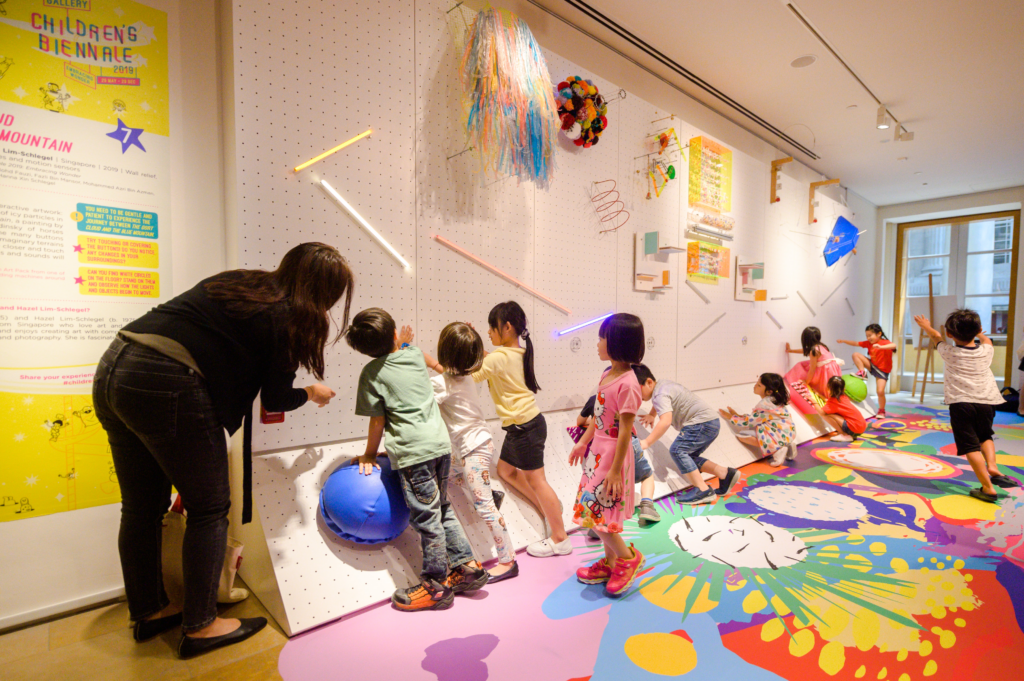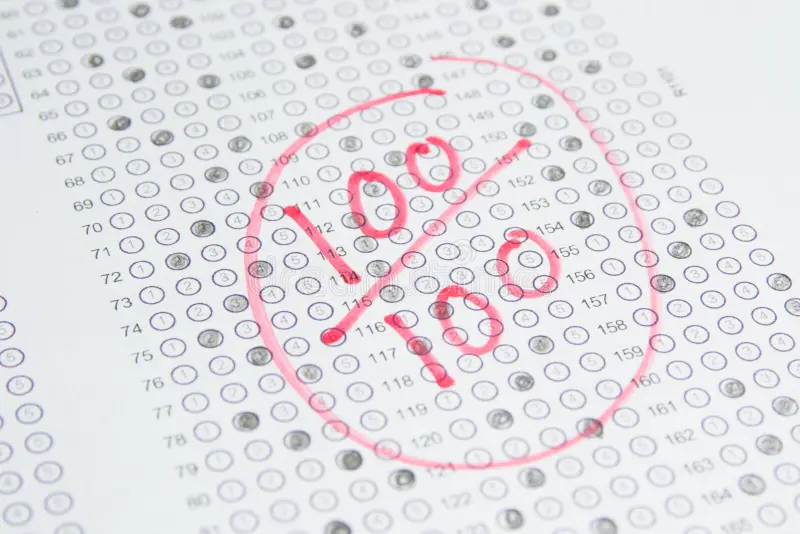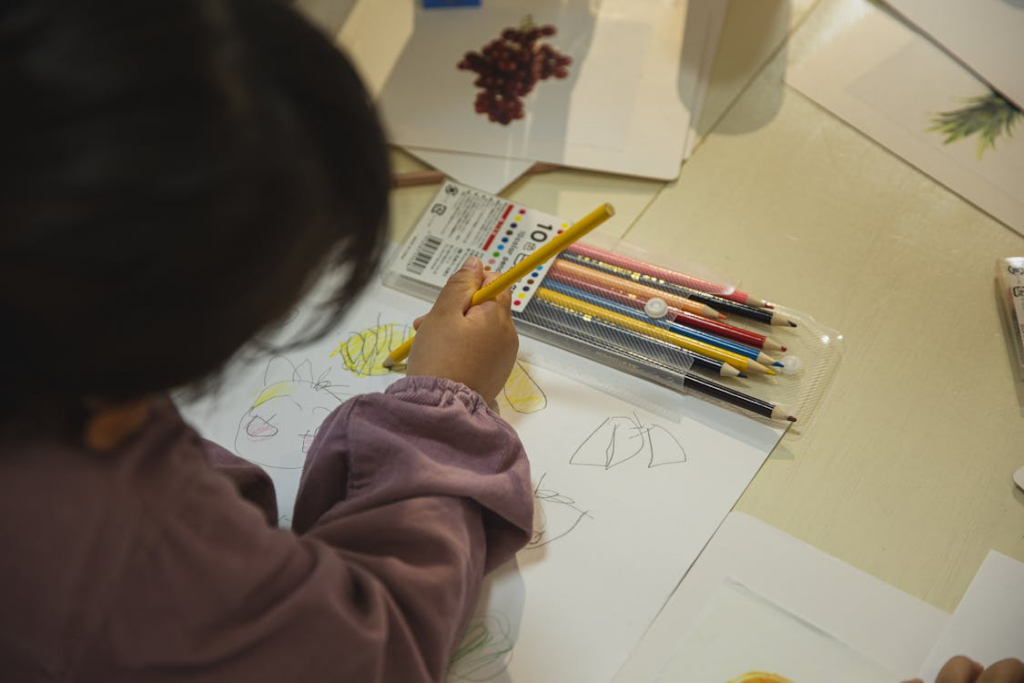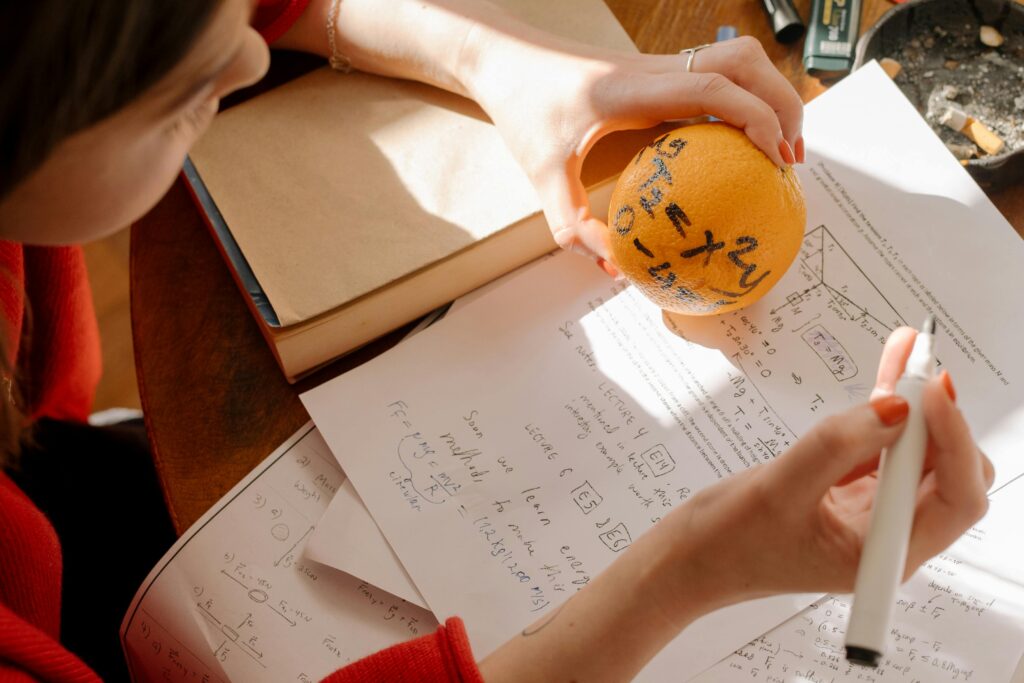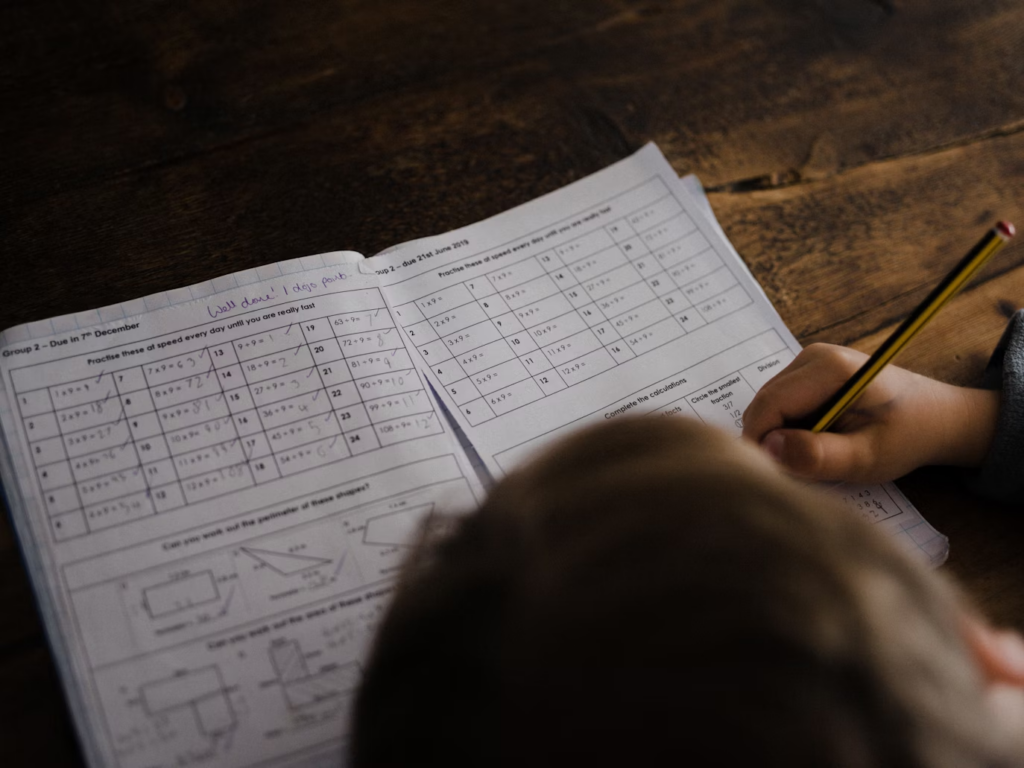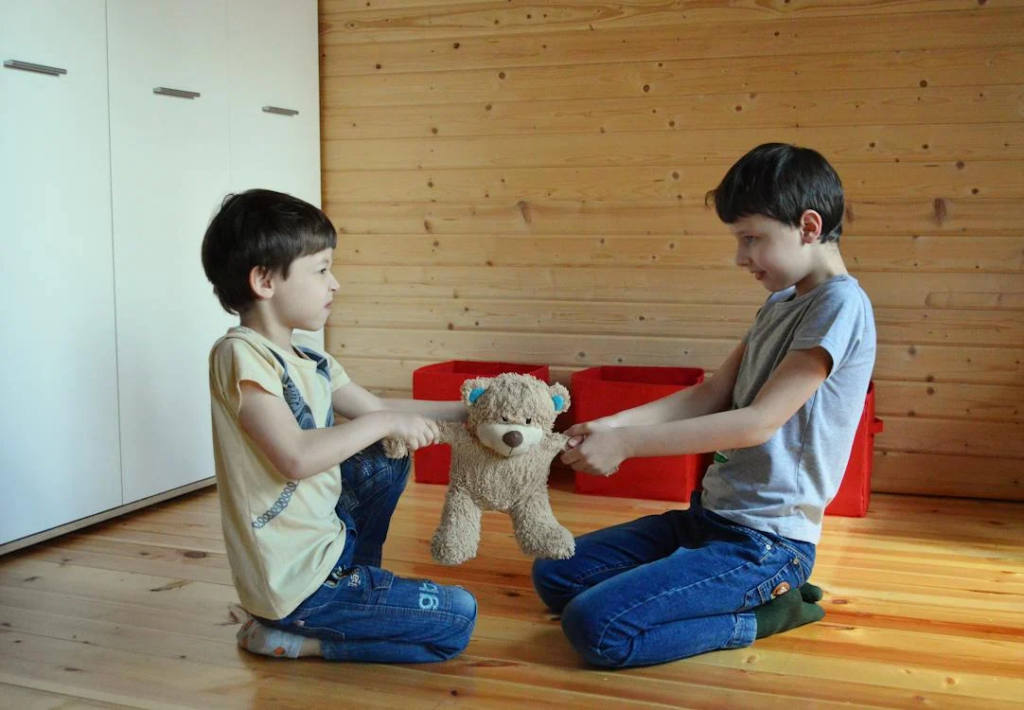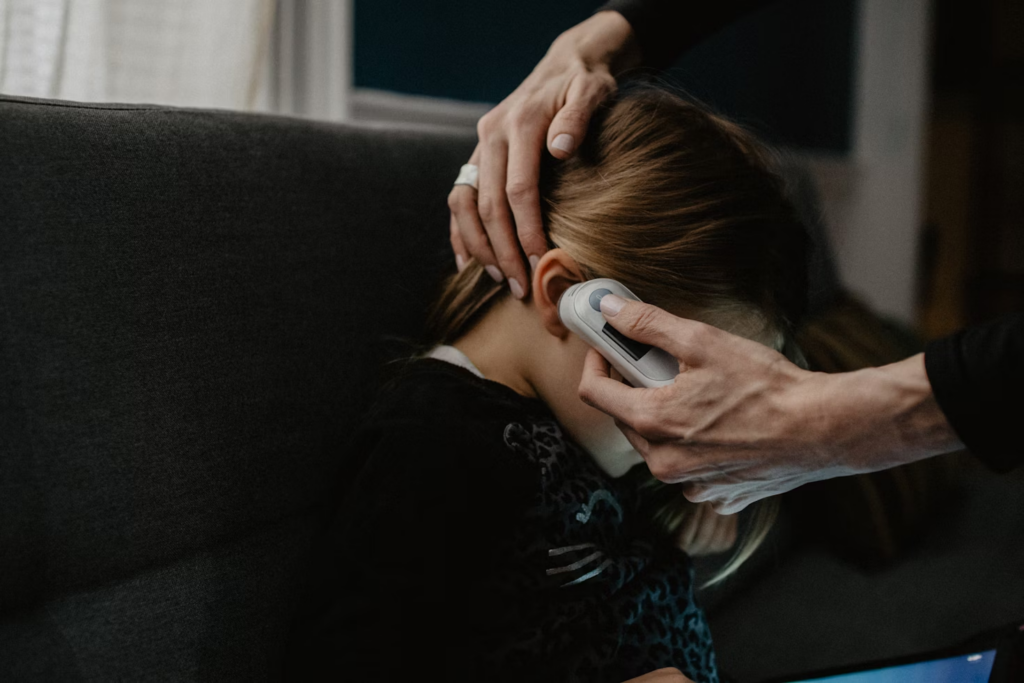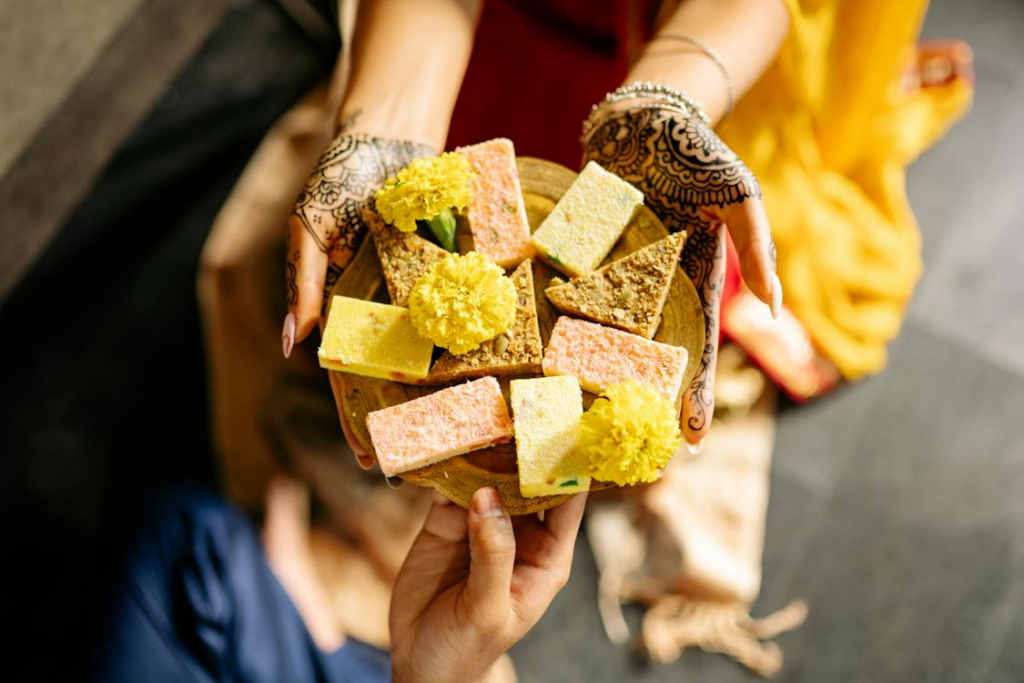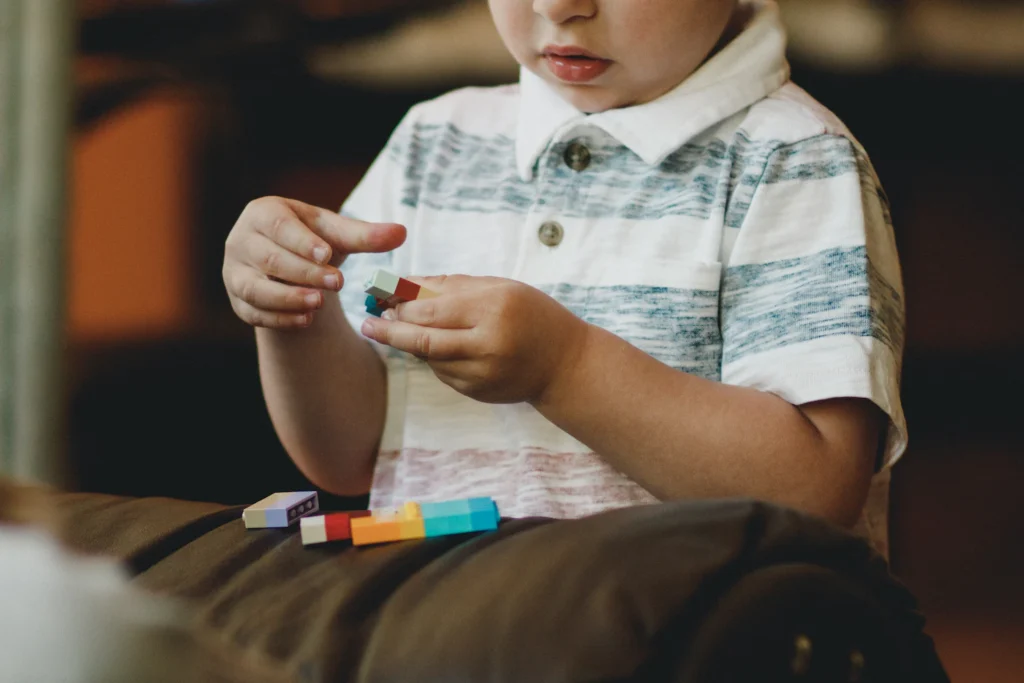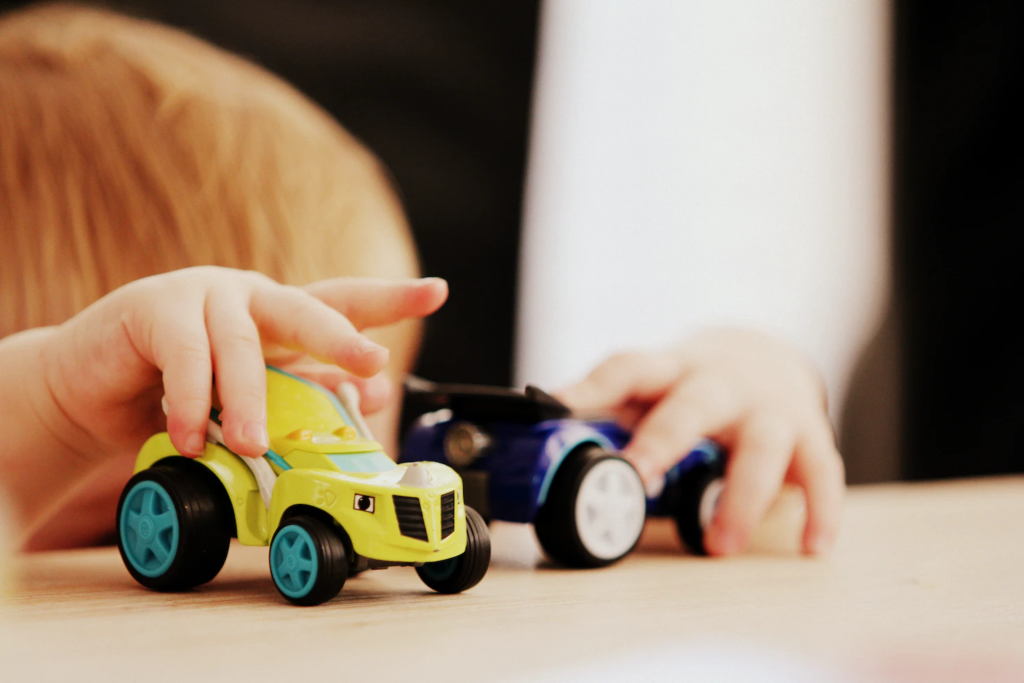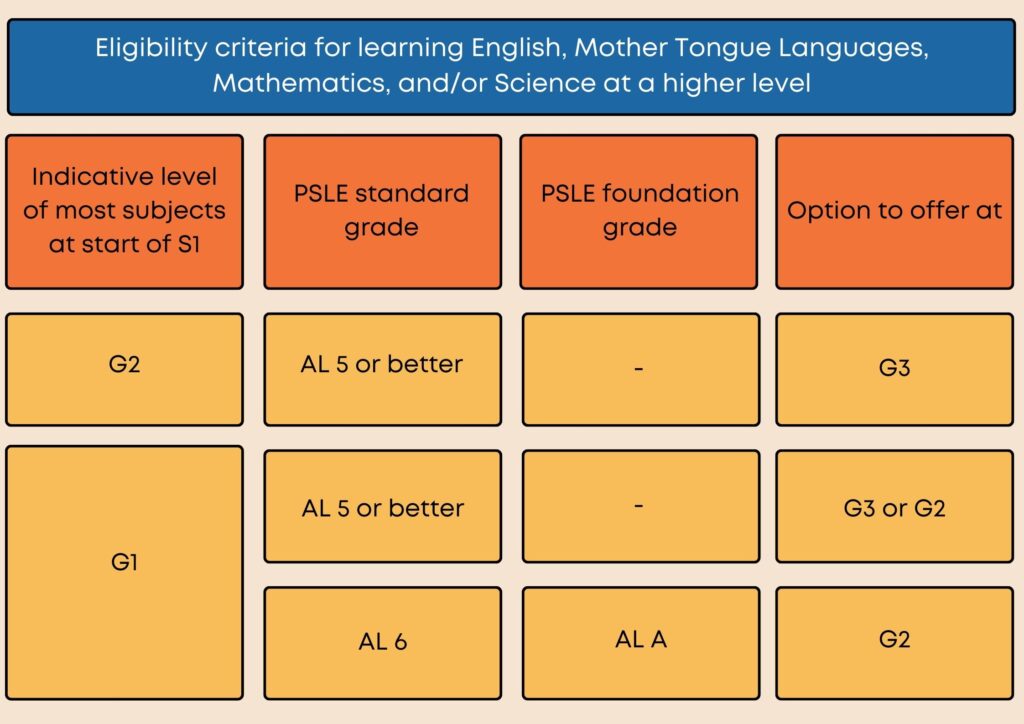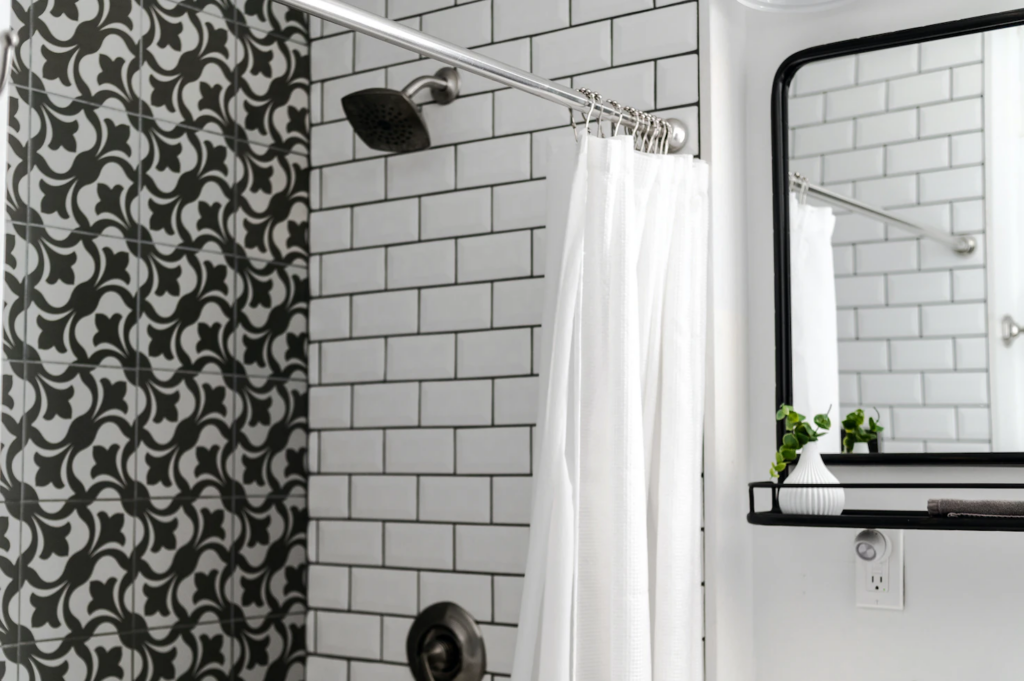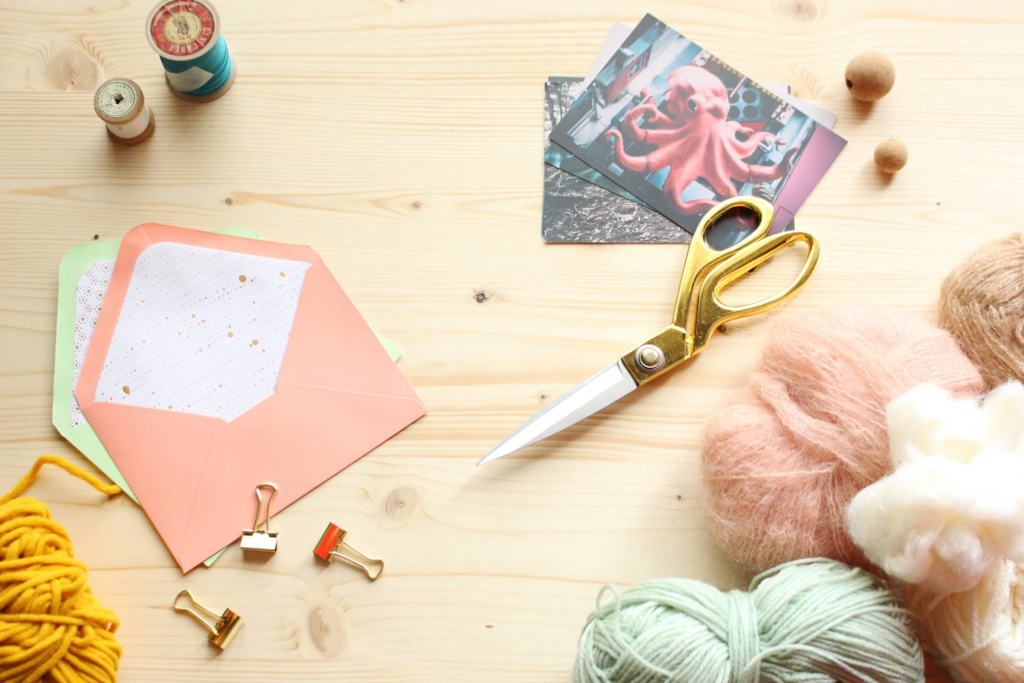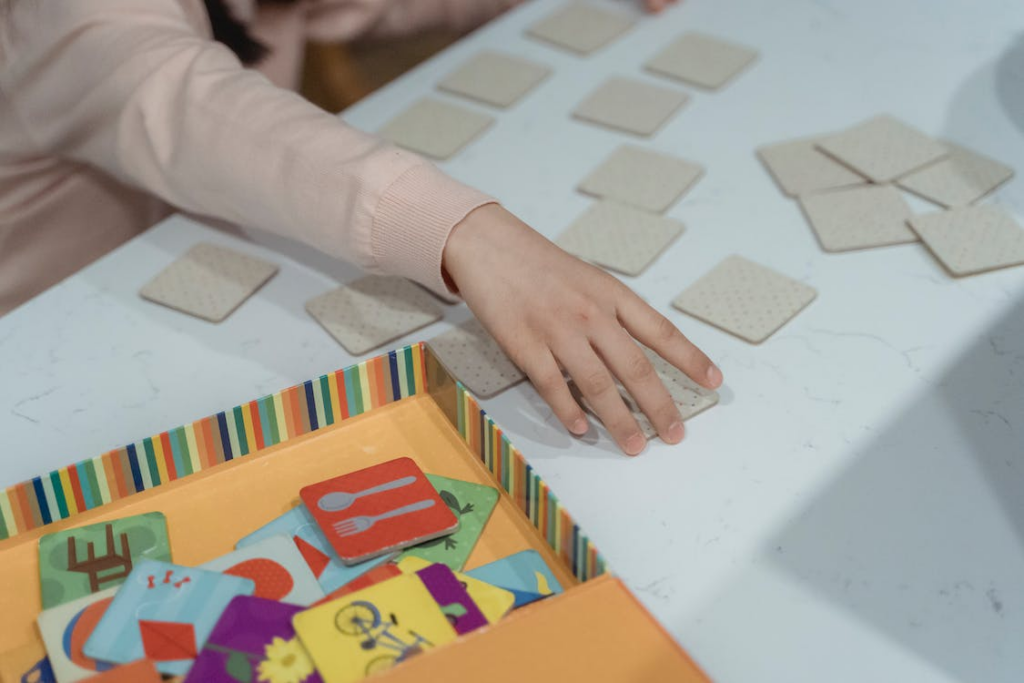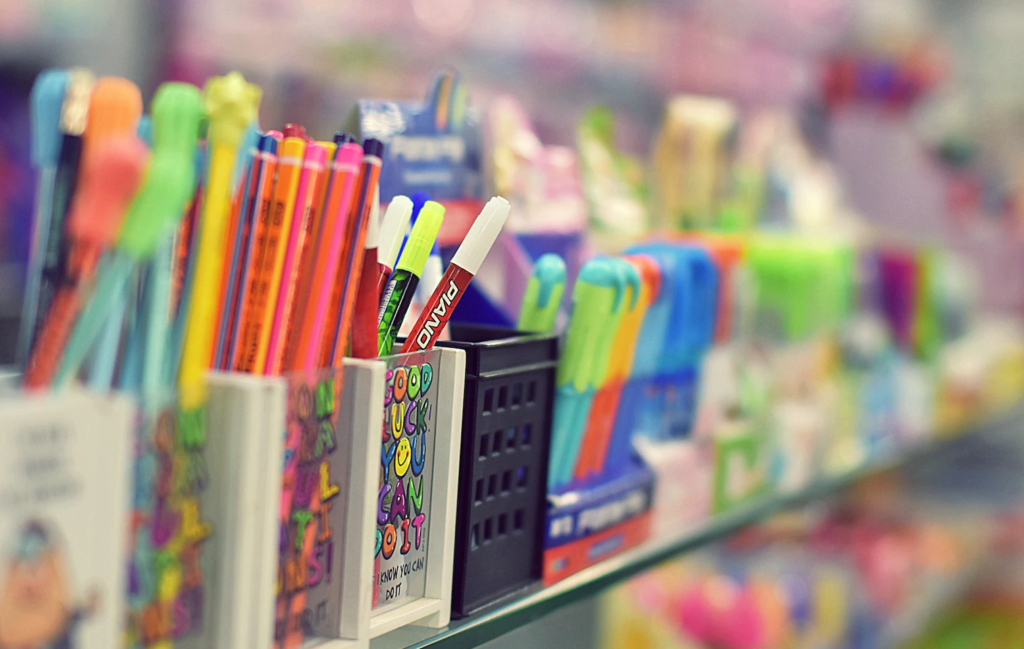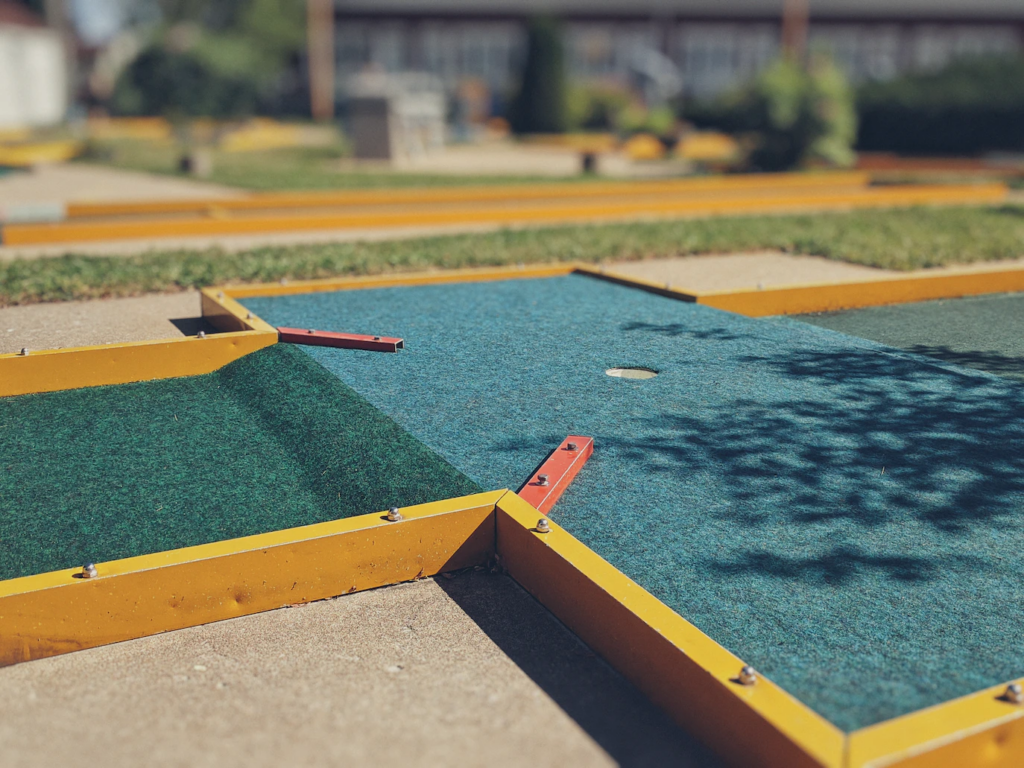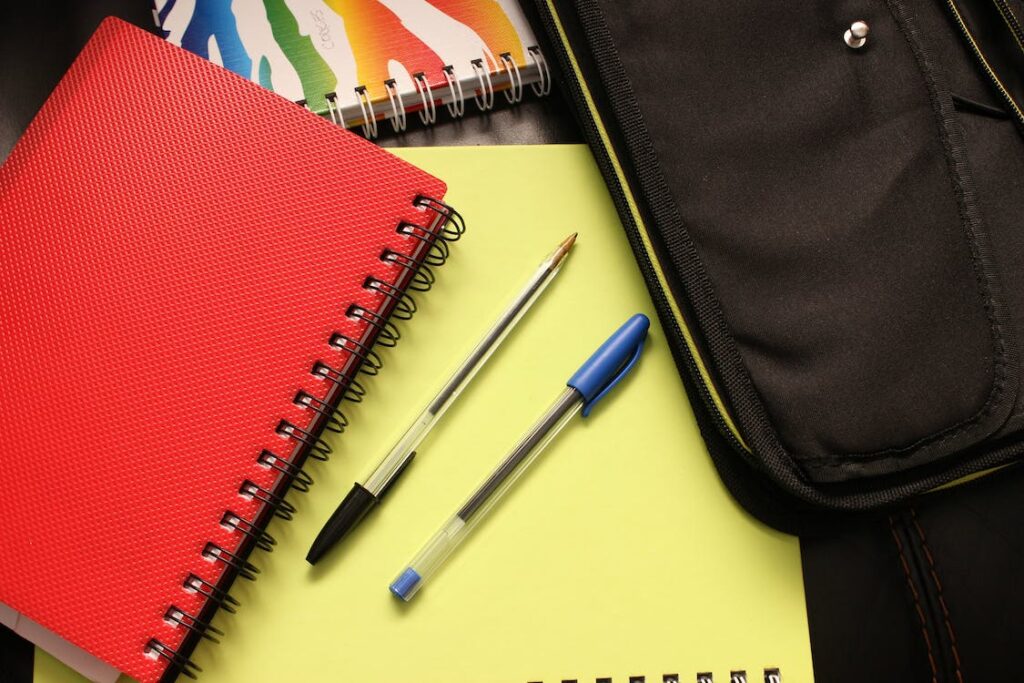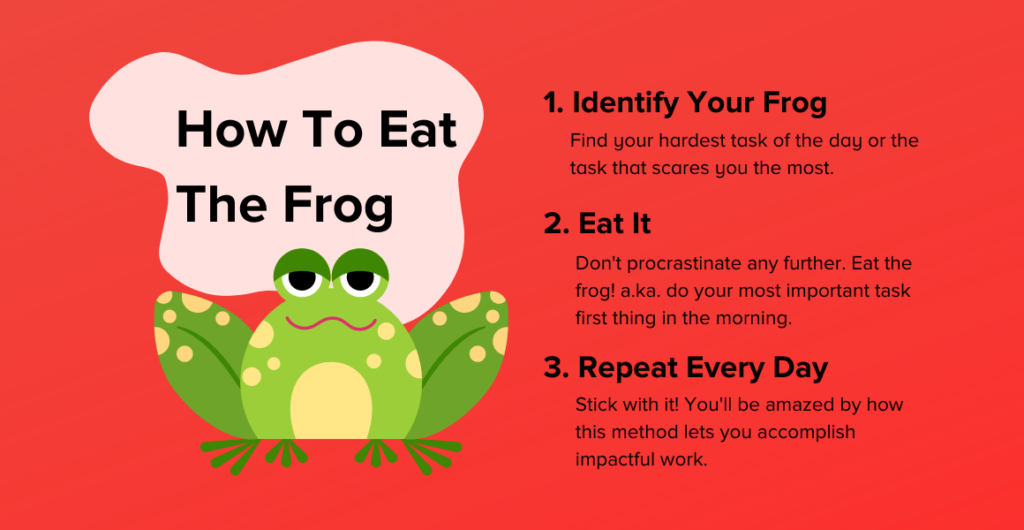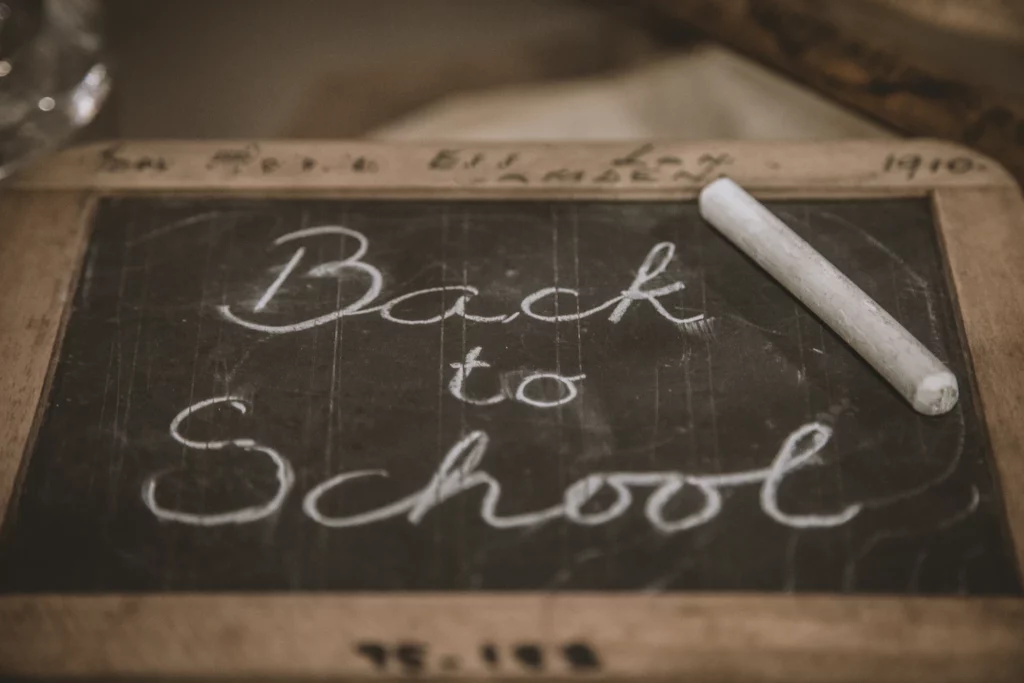"Selecting the ideal secondary school for your child can be daunting. Prioritise your child's enthusiasm and support, and use these six tips to make the best decision for their future."

As parents, trying to find the perfect secondary school for kids can be a bit of a head-scratcher. Your preferences matter, but ensure your child feels enthusiastic and supported. Whether you are just starting the decision-making process or narrowing down your options, these six suggestions will help you make the greatest selection for your child’s future.
1. Visit All the Potential Schools During Their Open House

One of the most important aspects of selecting the ideal secondary school for your child is doing school visits. You can learn about the school’s track record, visit its facilities, and learn about their values. It’s an opportunity for both you and your child to see the school in action, observing the current students bustling about, interacting with teachers, and getting a sense of the overall vibe.
Immersing yourself in the location provides crucial information that cannot be obtained from a brochure or website. When you have this entire perspective, the decision-making process becomes clearer since you are armed with direct knowledge rather than hearsay.
However, amidst the excitement of visiting different schools, it’s essential to maintain a critical eye and not succumb to peer pressure or popular opinion. While the experiences and recommendations of others can be valuable, they shouldn’t dictate your decision entirely. It’s easy to be swayed by the consensus or reputation of a particular school, but each child is unique, and what works for one may not necessarily work for another.
By remaining open-minded and not being swayed by external perceptions, you may ensure that your decision is in line with your child’s specific requirements and preferences. The goal is to choose a school where your child may prosper academically, socially, and personally.
2. League Table Consistency

Once you’ve familiarized yourself with the schools in your area and created a shortlist, the next step is to research league tables and guidelines to help you make your decision. League tables provide an overview of a school’s success, but they are not the be-all and end-all. Schools’ rankings may change due to a variety of reasons, and a single score does not necessarily convey the complete quality of a school.
When checking league tables, note the consistency of a school’s performance over time. A stable satisfaction level indicates reliability in education delivery. This way, you can make a well-rounded decision considering various aspects of a school’s performance and ethos.
3. Ask Specific Questions

Now it’s time to get down to the nitty-gritty and ask specific questions. Don’t hold back; it’s perfectly acceptable, even necessary, to inquire about every detail that could impact your child’s educational future. Being thorough in your inquiry ensures that you have a good understanding of each school’s offerings and how they relate to your and your child’s needs. It’s better to be well-informed from the start than to discover vital facts later, when it may be too late to make changes.
For example, ask about the extracurricular activities and groups accessible to students. These opportunities play an important part in building a well-rounded education by allowing students to pursue their interests and passions outside the classroom. Enquire about the variety of activities provided, including sports teams and academic clubs, as well as the level of student participation and engagement. In addition, check about class sizes and teaching methods used by the school.
Consider the student-to-teacher ratio for insights into individual attention. Learn about teaching methods to understand lesson delivery, like hands-on activities or collaborative projects. Check school policies on homework and discipline to ensure they match your values, fostering a supportive learning environment. By asking these specific questions, you’ll be equipped to make an informed decision.
4. Check the School Facilities
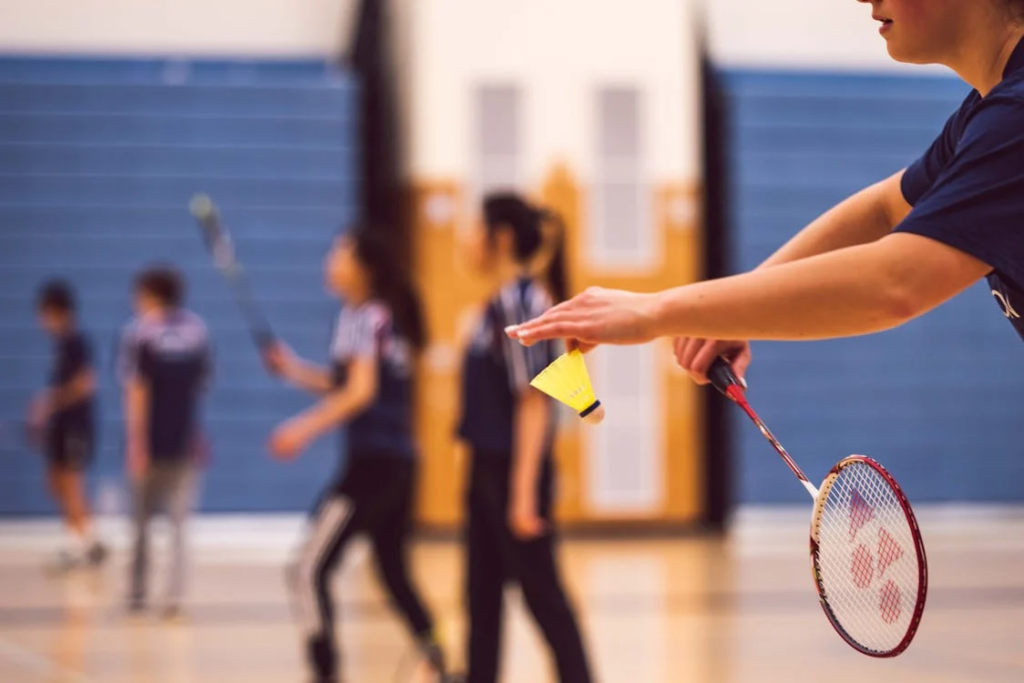
It’s essential to consider your child’s interests and passions. Take some time to explore what truly excites your child – whether it’s sports, drama, music, or any other hobby. Once you’ve identified their passion, inquire about the facilities the school offers in those specific areas. Are there well-equipped sports fields, a state-of-the-art auditorium for budding performers, or music rooms equipped with instruments?
While modern facilities are not the only factor to consider when selecting a school, they do play an important role in creating a great environment. A school with top-notch facilities upholds a certain standard of excellence.
5. Listen to Your Child’s Opinion
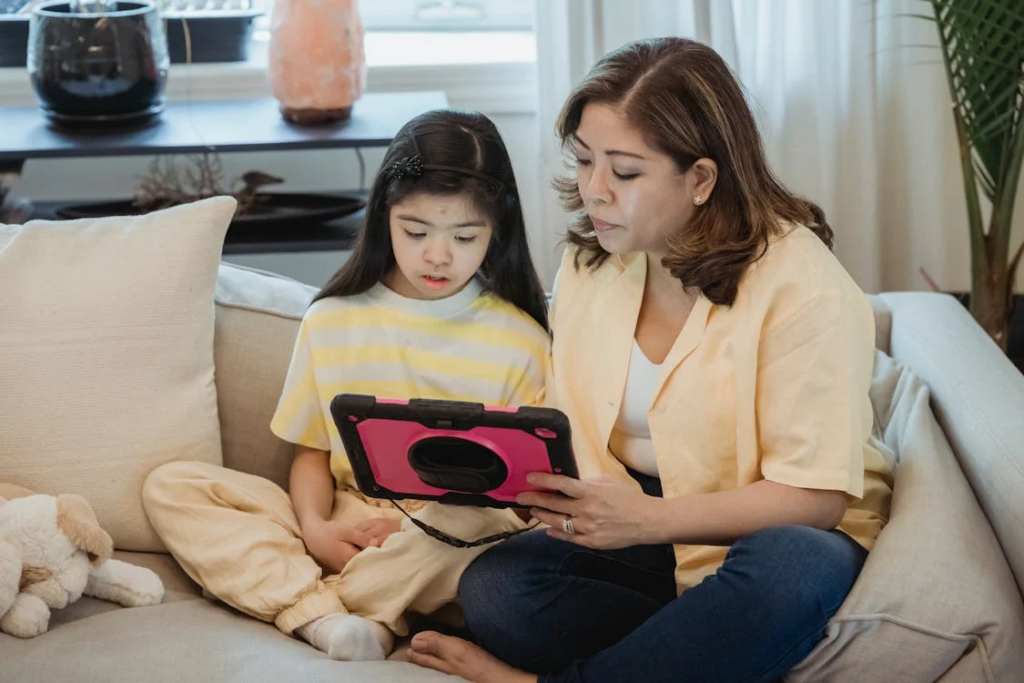
When selecting a school for your child, it is important to include them in the decision-making process. As a parent, it’s easy to depend exclusively on your instincts, but you must resist the urge to dictate what you believe is best for your child. Take the time to truly listen to their ideas and goals for their education. Engage in open discussions with them about the numerous possibilities available, and take their feedback carefully. After all, kids will be spending the next four years at the chosen school, so their viewpoint is important. At the same time, seeking input from other trusted sources can add depth to the decision-making process.
Talking to other parents can also provide valuable insights and recommendations that you might not have considered otherwise. Ultimately, maintain a positive outlook and trust in the collaborative effort between you and your child to make the right decision together.
6. Always Have a Backup Plan
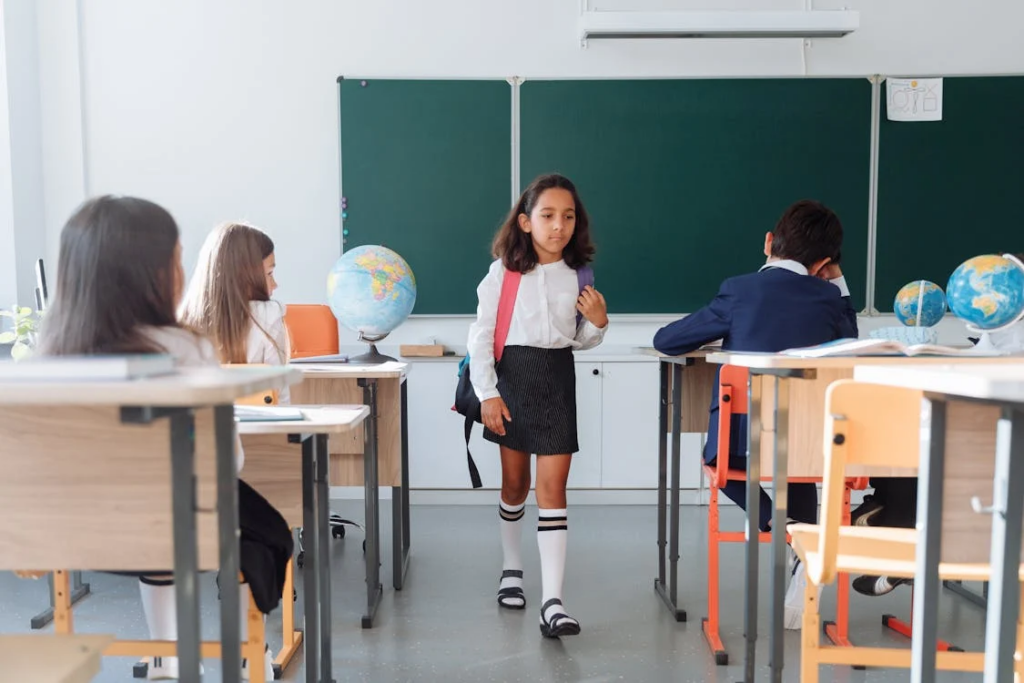
Having backup plans prepared is a wise decision. Even if you’ve made your first choice, remember that the future is unpredictable. Life has a way of presenting us with unanticipated obstacles, and certain situations beyond our control may have an impact on your child’s educational journey. By having a second and even a third school option, you provide yourself a safety net and the ability to adapt if circumstances change.
Choosing the right school is crucial for our children’s future. Yet, not every school fits every child perfectly. Whether they struggle academically, feel out of place, or face social challenges, prioritize your child’s well-being above all else.
Instead of blaming your child or worrying about what others think, focus on addressing any issues that arise. Understand the difference between a settling-in period and when it’s clear the school isn’t the right fit. By recognizing problems and seeking solutions, you prioritize your child’s happiness and growth.
To learn more about the various possible programmes that your child can enroll in, check out our page: IP, IB or ‘O’ Levels. Which Path Should You Take?




